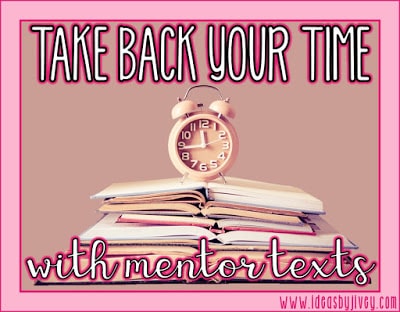
Take Back Your Time With Mentor Texts
Time is precious. There is NEVER enough of it!! But, what if there was a way you could take back some of that time? Would

Time is precious. There is NEVER enough of it!! But, what if there was a way you could take back some of that time? Would
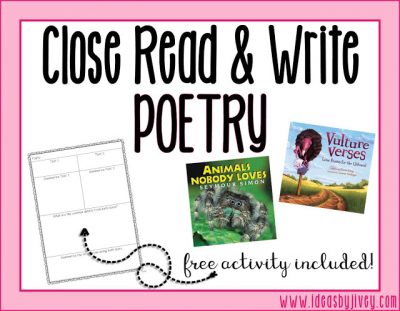
**This post contains Amazon affiliate links. The few cents I earn on affiliate purchases is used to fund awesome giveaways!** When I read Molly’s

In light of recent events, I felt this post was an important one to write. This is definitely a tricky topic that I’m going to
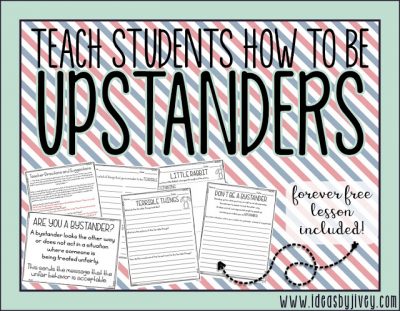
At a time where our nation is very divided, we as teachers must impress upon our students that WE CAN spread kindness and love
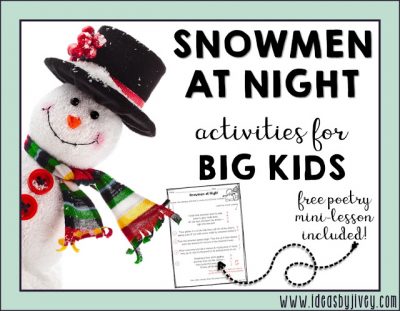
This post contains an affiliate link to Amazon. If you use my link, Amazon pays me a few cents, which I use to fund my
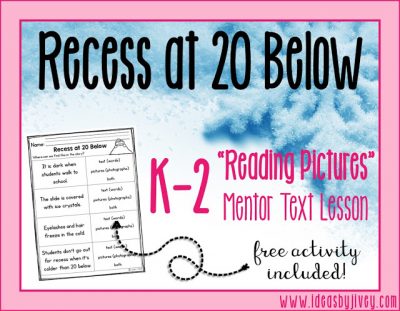
I am teaming up with The Reading Crew again to bring you some fun wintery mentor text lessons! Here in the southeast, snow is a